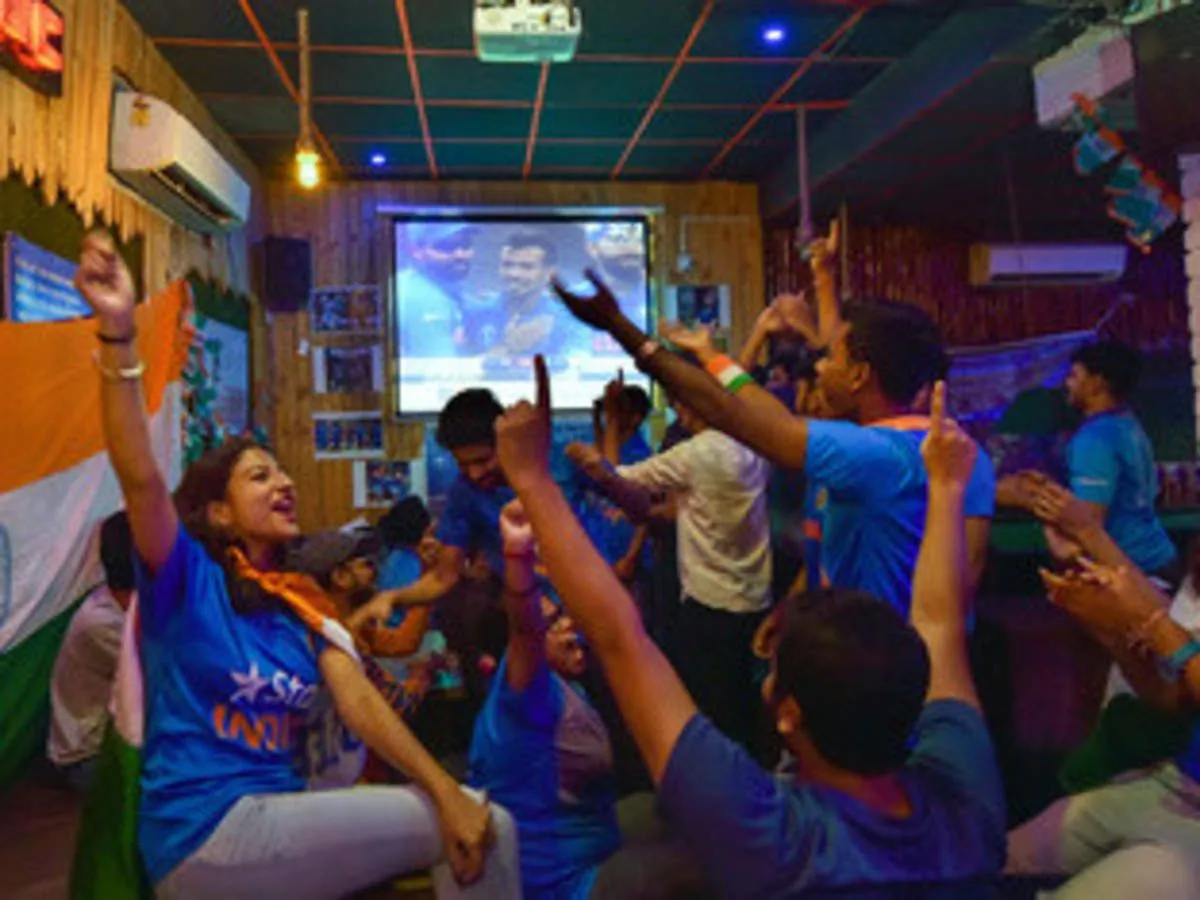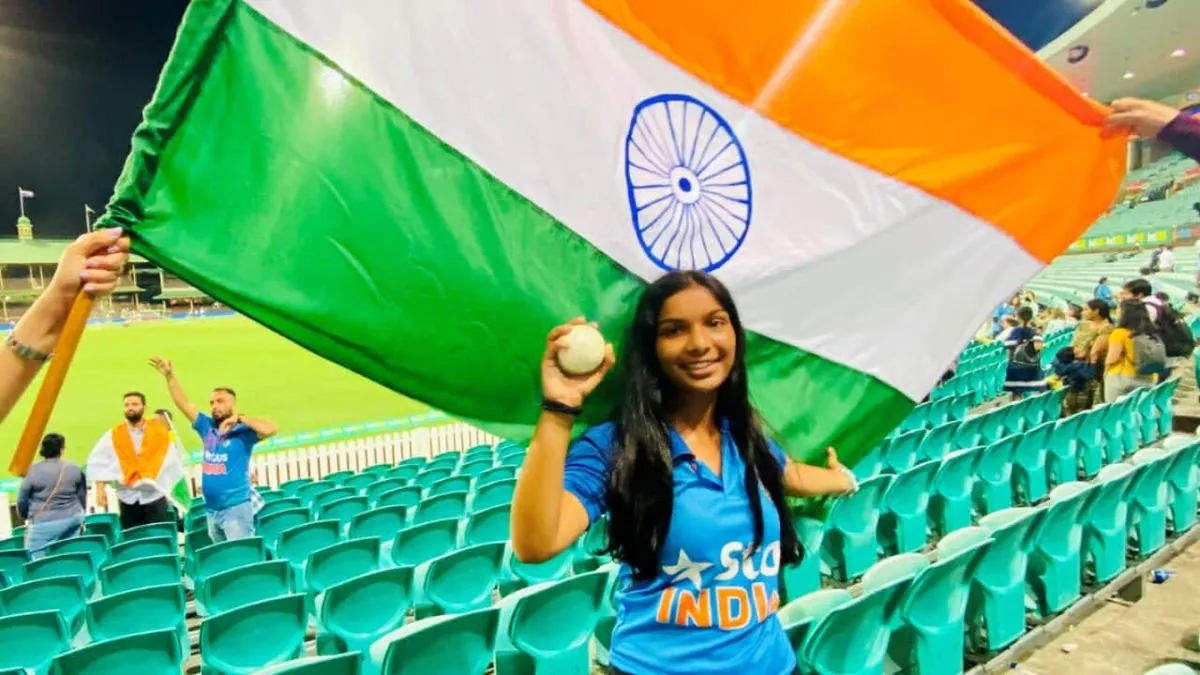Disney-Reliance Merger Faces Antitrust Hurdles in India's Cricket-Centric Media Landscape
Disney and Reliance propose concessions for their $8.5 billion media merger in India, refusing to relinquish cricket rights. The deal faces scrutiny from competition regulators over market dominance concerns.

In a significant development in India's media landscape, Walt Disney and Reliance Industries have proposed concessions to secure antitrust approval for their $8.5 billion media merger. However, the companies are steadfast in their refusal to part with cricket broadcast rights, which are considered the crown jewel of the deal.
The Competition Commission of India (CCI), established in 2003 but fully operational since 2009, recently expressed concerns about the merger's potential impact on the country's media and advertising markets. The proposed merger would create India's largest entertainment entity, competing with global giants like Sony, Netflix, and Amazon.
Cricket, with a fan base exceeding 1 billion people in India, plays a pivotal role in this merger. The sport's popularity in the country dates back to 1721 when the first recorded match was played in Cambay, Gujarat. Today, cricket broadcasts, especially the Indian Premier League (IPL), are among the most-watched content nationwide.

In response to the CCI's concerns, Disney and Reliance have offered to moderate advertising rate increases, promising not to raise them unreasonably. However, they have not committed to specific price caps or freezes. This approach reflects the companies' recognition of cricket's significance in India's media landscape, where the sport has been a key driver of growth for streaming services and traditional television.
"We are committed to fostering fair competition while delivering exceptional cricket content to our viewers. Our proposed merger aims to enhance the viewing experience without unreasonably impacting the advertising ecosystem."
The merger's impact extends beyond cricket. If approved, the new entity would control 40% of India's advertising market across television and streaming platforms, according to Jefferies. This dominance raises questions about market competition and advertising rates in a country where the media and entertainment industry is projected to reach $100 billion by 2030.
The CCI's review process will determine whether the offered concessions sufficiently address antitrust concerns or if a broader investigation is necessary. The outcome of this merger could significantly shape the future of India's media landscape, potentially influencing how millions of Indians consume entertainment and sports content.
As the situation unfolds, all eyes are on the CCI and the merging companies. The decision will not only affect the immediate parties involved but could also set precedents for future media consolidations in one of the world's fastest-growing entertainment markets.


































